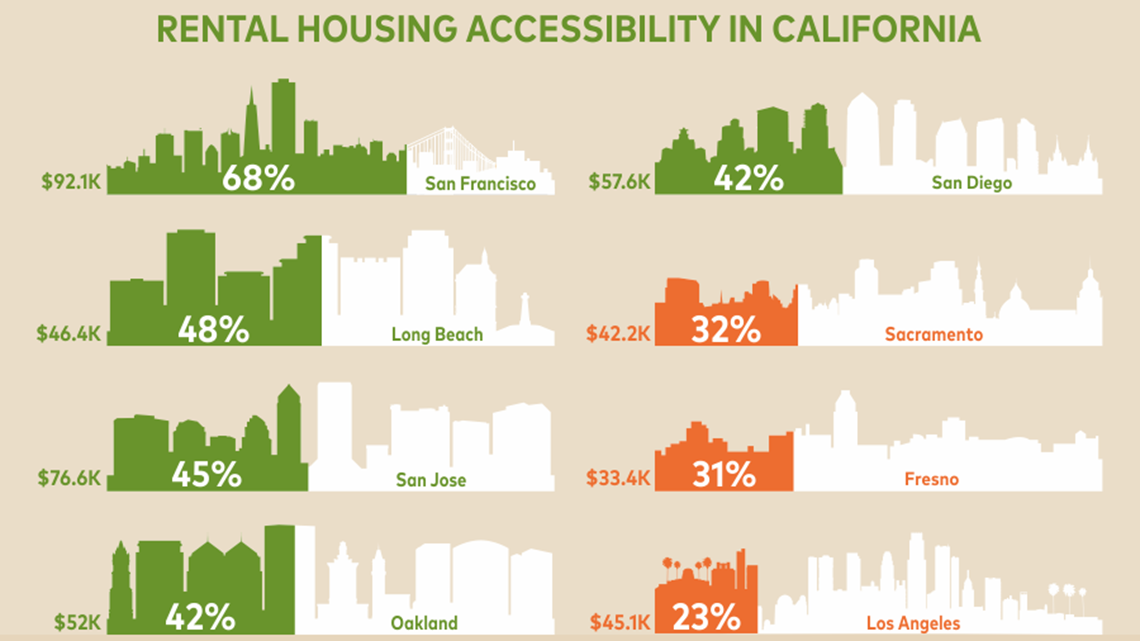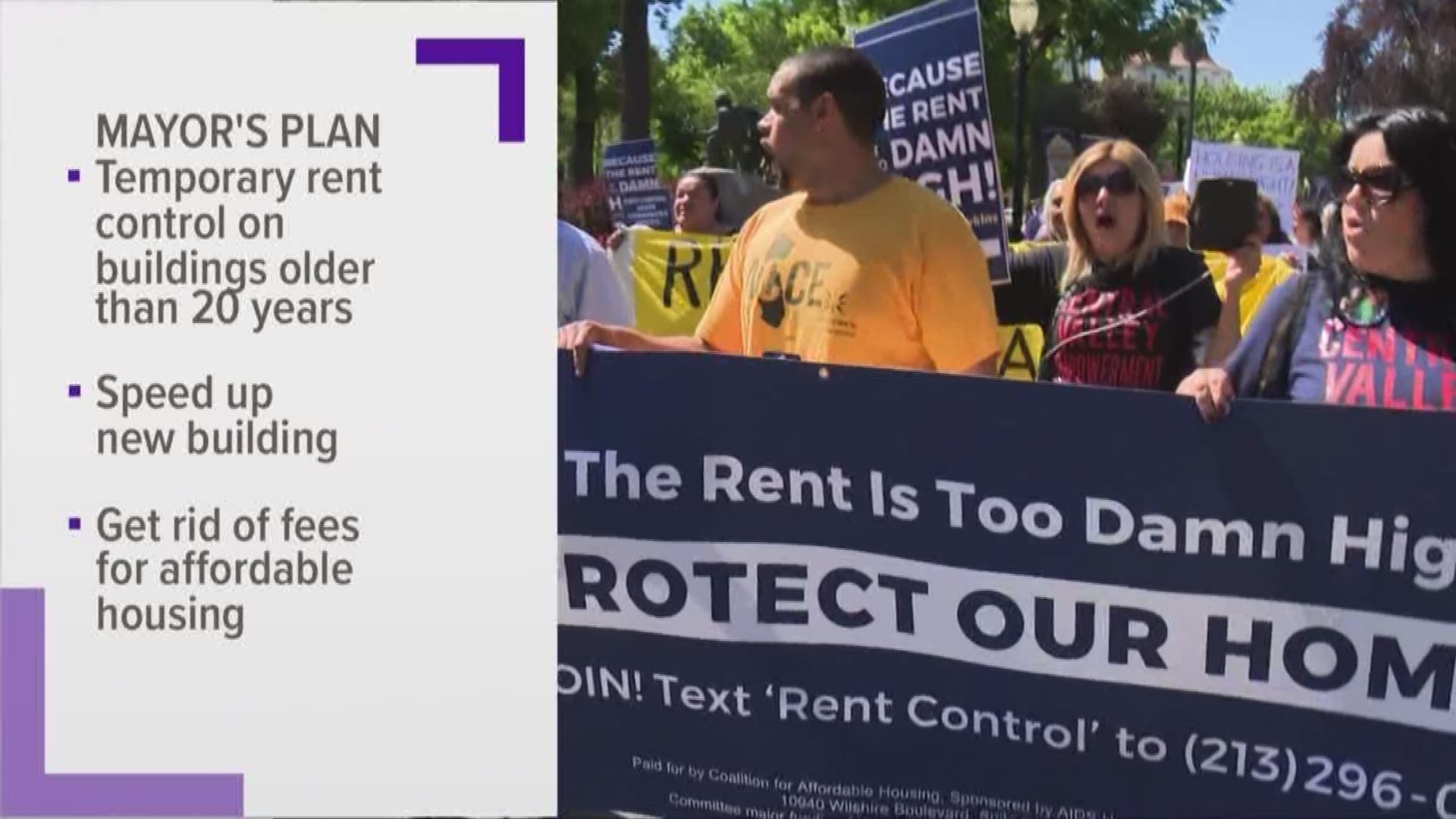A new study places Sacramento near the bottom of apartment accessible cities, ranking far below cities other California cities like San Francisco and Oakland.
The study by RentCafe.com took into consideration the share of accessible apartment stock in cities and how it changed between 2011 and 2017. It aimed to decipher the percentage of housing stock a renter with a City’s median income can afford without being rent-burdened (more than 30 percent of household income) in the 50 largest cities.
Sacramento's affordability rate was 32 percent for 2017, a one percent decrease from 2011. Even though Sacramento's median income increased by 31 percent, it had a 27 percent median gross rent increase.
The breakdown for Sacramento is as follows:
Sacramento median income change – 31 percent
- 2011 - $32,129
- 2017 - $42,164
Sacramento median gross rent - 27 percent
- 2011 - $954
- 2017 - $1,215
In a public workshop on rent control and affordable housing in September, Sacramento's Assistant City Manager Michael Jasso said that Sacramento was the fastest growing of the 10 largest cities in California and that there are not enough units being built to sustain this growth.
He added that the insufficient supply of affordable housing and rents have been rising at dramatic rates, making it difficult to find rent that people can afford.


Why San Francisco has more accessibility than Sacramento
According to RentCafe, San Francisco's accessibility has to do with bigger paychecks and rent control. San Francisco has a median income that nearly 2.4 times the national level and about 2.2 times what a Sacramentan makes in median income.
In addition, the rate was also influenced by San Francisco’s share of rent-controlled units, about 60 percent. While income increased 67 percent, the rent change was only 30 percent. In contrast, an analysis from the City of Sacramento shows that the Sacramento median income has been stagnant while rents are increasing.
According to RentCafe, one of the indirect effects of San Francisco’s benefit from the housing market has been a median home price increase to $1.5 million. They added that this leaves renting as “the only way to go for many”.
Nationwide, the accessibility rate is 49 percent, an increase of 11 points from 2011, and incomes increased nationwide by 26 percent as compared to 2011. The change in rent was 16 percent.
One detail that the study points to is that the highest accessibility rates come from solid incomes as opposed to cheap rents and that areas with a tech industry perform well in terms of renter incomes. With the addition of a secondary housing market, the study adds that this leads to "the recipe for the apartment market with the highest rate of accessibility.”
One more before you go... Rent control is a big topic for the upcoming 2018 election. This election will decide on whether rent control policies in California will be able to expand. Brandon Rittiman takes explains the ins and outs of Proposition 10 and what your vote will mean in the election.

